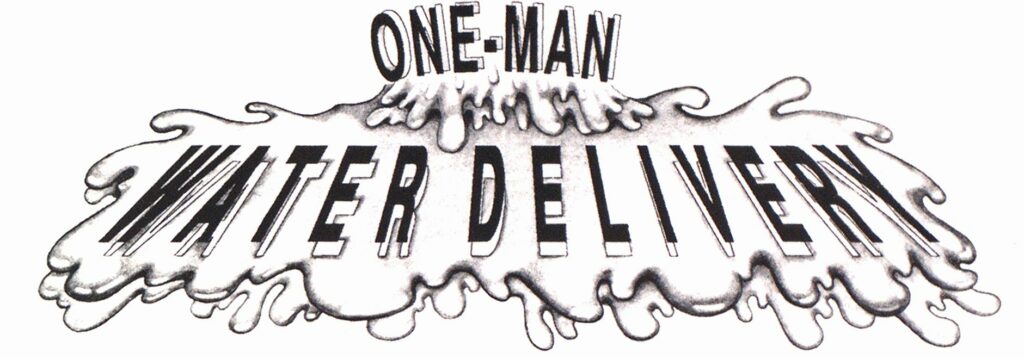
ONE-MAN WATER DELIVERY
APPARATUS & EQUIPMENT
Today’s minimum manning levels demand creative solutions to firefighting problems— in this case a unique method of ensuring adequate rural water supply.

The Cleveland (NY) Volunteer Fire Department needed a way to deliver a substantial quantity of water to rural fire scenes with minimum manpower. Our solution was a tank truck that the driver could unload by himself into a portable holding tank.
In the past we used a two-man crew for this operation—one member guided the driver in backing up to the portable tank and then manually opened the discharge valve to unload the tank. Because of reduced availability of personnel, however, we needed to streamline this operation so that the driver alone could handle unloading the truck. We also wanted to unload the tank from the side instead of the rear to avoid the hazards and difficulties inherent in backing up to the dump site.
Unfortunately a lack of funds did not allow us to purchase a new unit designed for this purpose. So since we had previous success in building our own tankers, we decided to do the job ourselves with used or available components.

(Photos by author.)

ONE-MAN WATER DELIVERY
The first step was to locate a truck that would be adequate for the load involved. After a considerable search we found a used Ford cab over chassis with a diesel engine, air brakes, and an automatic transmission. This vehicle had been well maintained by a major freight company and had an adequate GVW rating for our intended use. After obtaining the truck, we had it completely checked over by a heavy truck repair service and replaced or upgraded several components, including the braking system, alternator, steering box, and front and rear springs.
DESIGN FEATURES
Two of our major concerns were not to overload the vehicle and to distribute the load between the front and rear axles. A local Ford truck sales agency was able to help us design the proper wheelbase, cab-to-axle, and rear overhang dimensions. We ensured an even load by upgrading the suspension and installing heavier tires.
Another design objective was to shorten the length of the wheelbase and overall length of the vehicle for easy maneuvering. We had observed many water shuttle operations that were greatly hampered by trucks that were too long and could not maneuver in tight unloading areas.
For unloading purposes we built a metal, box-shaped conduit, 20 inches wide by 20 inches high by 96 inches long, and welded it into and across the rear of the tank. Sixteen-inchsquare, rubber, sealed valves were secured on each end and in the center. These valves are operated by a unique air cylinder mechanism designed and built by our chief engineer, Phil Sales. Electric toggle switches in the cab open and close each valve.
The unloading operation is very simple: For most fires, the tanker stops beside the portable tank, which is usually placed behind the attack pumper. After verifying proper alignment, the driver opens the valve from the cab. Automatic chutes at each valve guide the flow of water into the tank.
The tank capacity is 2,000 gallons and it unloads in 45 seconds. While we have not experienced problems with the portable tank moving, the surge of water entering the tank can cause problems unless a low-level strainer is used.
For the filling connection, another important part of the operation, a local irrigation pipe manufacturer fabricated a 4-inch “candy cane” of pipe into the top of the tank. The bottom of the pipe is fitted with a storz fitting for large-diameter hose and we carry a variety of fittings and adaptors for all situations.
After considerable cosmetic body repair work was done on both the tank and truck and a painting, our final concern was providing adequate lighting, which is crucial. From past experience we knew we wanted floodlights to illuminate the unloading zone and work area around the vehicle. Since a tanker travels more on the road than any other unit, we considered it important to have warning lights on all sides of the tanker. We used reflective trim for added visibility at night.
We are currently evaluating the unit and ironing out problems. Overall we feel that our investment of about SI0,000 (not including hundreds of hours of volunteer labor) has been worth it.
Anyone attempting a similar project should keep in mind that proper planning and design are absolutely essential. Simply buying a truck, putting a tank on it, and hoping it will be safe and effective are not enough to guarantee successful results



